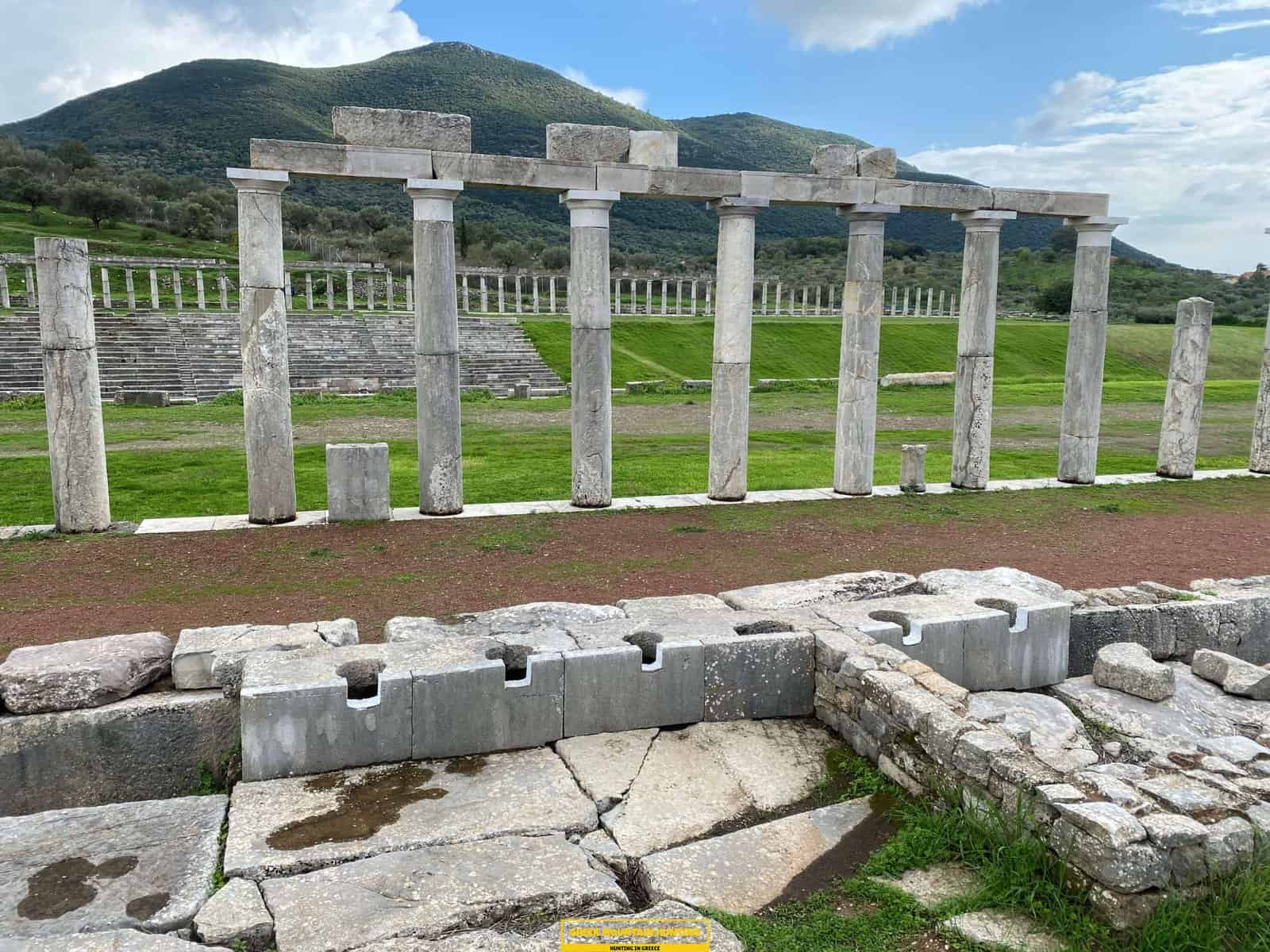Searching Kri Kri ibex, angling and also free diving in Greece
Searching Kri Kri ibex, angling and also free diving in Greece
Blog Article

This ibex quest is different from those experienced by most seekers! When searching for Kri Kri ibex in Greece, it's a wonderful getaway and also hunting journey all at once. A five-day exploration diving for shipwrecks and spearfishing entails hunting for Kri Kri ibex on an unique island. What else would certainly you like?

Greece is a terrific country for tourist, using various possibilities for site visitors. There are several stunning islands to go to, such as Sapientza, along with social experiences and also historical websites to enjoy. Greece is likewise popular for its scrumptious food and white wine. Whatever your interests might be, Greece has something to supply you.
When you show up in the Peloponnese peninsula is the amazingly attractive landscape, the initial thing you will certainly discover. The mountains, lakes, forests, as well as rivers make this area a nature lover's heaven. There are additionally plenty of chances for treking, fishing, swimming, as well as various other outdoor activities. Yet the Peloponnese peninsula is not just about its natural appeal; there are also various historic and social websites to discover. Do not neglect likewise angling, free-diving and also searching. Several of one of the most prominent vacationer destinations in the Peloponnese include old Olympia, Epidaurus, Mycenae, and also Sparta. These destinations use an interesting peek right into Greece's abundant history as well as society. If you have an interest in learning more concerning Greek mythology, after that you will definitely want to go to Mount Olympus, home of the 12 Olympian gods. Naturally, no trip to Greece would certainly be total without attempting some of the scrumptious food. The Peloponnese peninsula is home to some of the best olive oil worldwide along with feta cheese, olives, honey, and also a glass of wine. Ensure to try a few of the local specializeds such as dolma (packed grape leaves), Souvlaki (barbequed meat skewers), as well as Gyro (meat wrapped in pita bread).
If you're trying to find a genuine Greek experience, after that look no more than our exterior searching in Greece with angling, and free diving excursions of Peloponnese. This is a remarkable way to see whatever that this amazing region has to provide. Book your trip today!
What is the diference between Kri Kri ibex, Bezoar ibex and hybrid ibex
The kri-kri is not thought to be indigenous to Crete, most likely having been imported to the island during the time of the Minoan civilization. Nevertheless, it is found nowhere else and is therefore endemic to Crete. It was common throughout the Aegean but the peaks of the 8,000 ft (2,400 m) White Mountains of Western Crete are their last strongholds–particularly a series of almost vertical 3,000 ft (900 m) cliffs called ‘the Untrodden’—at the head of the Samaria Gorge. This mountain range, which hosts another 14 endemic animal species, is protected as a UNESCO Biosphere Reserve. In total, their range extends to the White Mountains, the Samaria National Forest and the islets of Dia, Thodorou, and Agii Pandes.
This Ibex is NOT a diminutive form of the Bezoar Ibex, which has migrated into the western-most reach of the range of this species. The kri – kri (Capra aegagrus cretica), sometimes called the Cretan goat, Agrimi, or Cretan Ibex, is a feral goat inhabiting the Eastern Mediterranean, previously considered a subspecies of wild goat. The kri-kri has a light brownish coat with a darker band around its neck. It has two horns that sweep back from the head. In the wild they are shy and avoid tourists, resting during the day. The animal can leap some distance or climb seemingly sheer cliffs.
“The agrimi goat Capra aegagrus cretica is unique to Crete and its offshore islands. It has been identi®ed as a sub-species of the wild bezoar goat Capra aegagrus aegagrus Erxleben, 1777, which it closely resembles in horn shape, body form and coloration. This classi®cation has been disputed by some researchers who claim that the agrimi are feral goats, derived from early domestic stock brought to the island by the ®rst Neolithic settlers. In order to clarify this issue, DNA analyses (cytochrome b and D loop sequences) were carried out on tissue of live and skeletonized agrimi and compared to sequences of wild and domestic caprines. Results conclusively show the agrimi to be a feral animal, that clades with domestic goats (Capra hircus) rather than with wild Asiatic bezoar. This study demonstrates that morphometric criteria do not necessarily re¯ect genetic af®nities, and that the taxonomic classi®cation of agrimi should be revised.”
Report this page